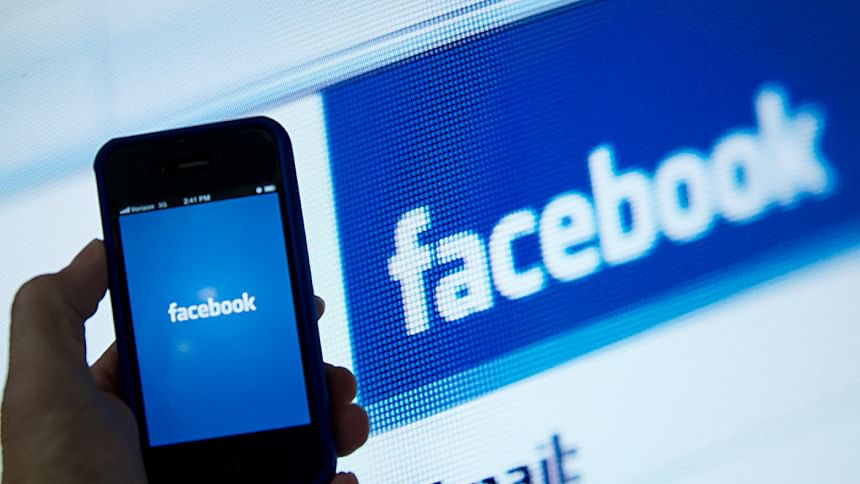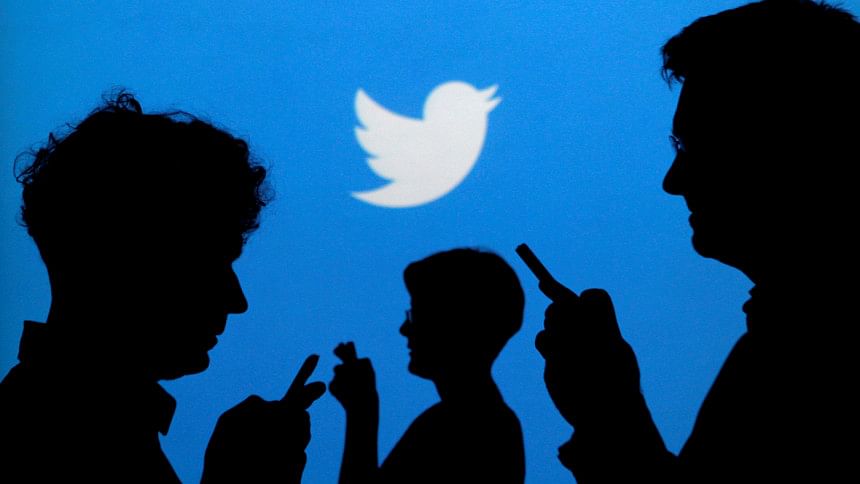The best time to post on social media
When is the best time to post on social media?
Whenever your audience is most likely to see and engage with your great content. A well-timed post can lead to more likes, comments, shares, and click-throughs.
In this guide, we'll tell you the best times to post—according to Hootsuite data. Our findings are based on years of testing on our own channels, as well as an analysis of over 400 million posts from Hootsuite users. We'll also teach you how to use the data to inform your own publishing schedule.
The best time to post on Instagram
When people scroll through Instagram, they almost always do so on a mobile device. Does this mean off-work hours work best? After posting over 1,000 photos and videos throughout the day and night, the Hootsuite social marketing team found that…

The best time to post on Instagram is from 12pm to 1pm Monday to Friday.
"There's no doubt our community scrolls through Instagram during their lunch hour," Hootsuite social media team lead Amanda Wood explains. "We find that time also works best on the weekends, but since we are a B2B [business-to-business] brand, our Instagram strategy is weekday-focused."
Instagram moved away from the reverse-chronological feed, but timing is still important. Instagram explains on their blog that posts are ordered "based on the likelihood you'll be interested in the content, your relationship with the person posting and the timeliness of the post." (Emphasis ours.)
To find the best posting schedule on Instagram, our own social team considered our audience and what their typical day looks like. Do they check Instagram as soon as they get up? On their way to work? At work?
We used those considerations to begin testing blocks of time and tracking when we received the most engagement.
Your results will likely be different—especially if your relationship with the audience is more business-to-consumer (B2C). In that case, you should test off-work hours like 7pm during the week and various times throughout the weekend.
Finding the best time to post on Instagram—or any social network for that matter—is about knowing your audience, testing different times, and measuring results.
More on that later.
The best time to post on Facebook
Pew Research found that 71 percent of Facebook users visit the site every day—more than any other social network. People login from both their desktop and mobile devices (at work, home, and elsewhere), but mobile use is increasing. In fact, at least a quarter of Facebook users in 14 markets around the world are mobile-only users.

The best time to post on Facebook is between 12pm and 3pm Monday, Wednesday, Thursday, and Friday.
And on the weekends from 12pm to 1pm.
Despite the complex News Feed algorithm, our social team discovered those publishing times often see a higher number of likes, comments, shares, and click-throughs.
"For us, Tuesdays are a bit behind other weekdays in terms of Facebook engagement," Wood explains. "But 12pm to 3pm is still the most effective window on that day."
We see lower engagement on the weekends, but there is often a spike in click-throughs for posts published between 12pm and 1pm on Saturday and Sunday.
There are a number of other studies out there that report Thursdays and Fridays from 1pm to 3pm work well. And we see similar results for many industries in our analysis of Hootsuite userdata.
As always, you should test and track results for yourself. Use engagement data from Facebook Page Insights or other measurement tools such as Hootsuite Analytics to determine what works best for you.
Best time to post on Twitter
A lot of people use Twitter like a sort of digital newspaper, scrolling through content on their downtime or when they sneak in a break at work. With that in mind, we analyzed nearly 60,000 tweets from the @Hootsuite twitter handle and found that…
The best time to post on Twitter is at 3pm Monday to Friday.

"For us as a B2B organization, the best times to tweet are between 12pm and 3pm on weekdays, with the highest amount of clicks and retweets occurring at 3pm," explains Wood.
But again, this will differ depending on your audience, location, and content strategy.
If you're a business-to-consumer (B2C) brand, you may find that tweeting when your followers aren't working—before 9am, at noon, and after 5pm during the week—is best.
Looking at an aggregate of Hootsuite userdata shows us the most popular days to post on Twitter are Monday to Friday, and the most popular times to post fall between 9am and 4pm.
But those insights aren't industry-specific. If we focus on consumer staples, for example, we see that 58 percent of all tweets are sent during working hours.
Use the data as a starting point, test different posting schedules, and compare results.
The best time to post on LinkedIn
LinkedIn is a professional network, so posting during working hours makes sense. That said, 57 percent of all LinkedIn traffic comes via mobile. Like Facebook and Instagram, LinkedIn's algorithm is designed to show you the most relevant content. Here's what the Hootsuite social team has learned about LinkedIn publishing.
The best times to post on Linkedin are 7:45am, 10:45am, and 12:45pm, and 5:45pm Monday to Thursday.

"The Hootsuite social team posts on the 45-minute mark because most brands are posting on the hour," Wood says.
And that brings up an interesting point. When you hear about the best or most popular time to post, we recommend you test and measure the results against a wildly different schedule.
Think your audience only engages with your content on the weekends when they are at home relaxing? Try workday hours. The results may surprise you.
And yes, maybe a larger share of your audience is online over the weekend, but are all your competitors flooding those times with content? You might benefit from posting off peak hours when competition is low.
How to find the best time to post on social media
Know your audience
How old are they? Where do they live? What's their commute like? What do they do for work? What are their challenges and pain points? What social networks do they use? Do they scroll through their feeds on a phone or computer?
Those are the types of questions you need to answer to figure out the best publishing schedule. Our guide to creating audience/customer personas will walk you through each step of this important exercise.
Use the same content to test different times
Like any good experiment, you need consistency to accurately measure results. When testing times, use the same or similar content. That way a less than engaging post shared at a high-traffic time won't skew the results.
Consider location
If you're based in the PST time zone and have followers in the EST and GMT time zones you might find posting at 8am PST works best because it hits the workday in both other regions.
If you have a global social media you could create different social media handles for different regions. Or, simply schedule content throughout the day and night for 24-hour engagement.
The point is location matters. If 6pm on Thursdays is a good time to post for retail brands, that's 6pm for the target customer, not necessarily the brand.
Use the right tools
Obviously we're partial to Hootsuite. From a single dashboard you can post to all of your social channels and use built-in analytics to see which times yield the best results. Once you have that information you can schedule all yours posts during those periods.
Hootsuite also has a feature that will automatically schedule your content based on optimal engagement times. You can use AutoSchedule from both the dashboard and the Hootlet Chrome extension.
Keep an eye on the competition
When do your competitors get a high amount of likes, shares, retweets, reactions, and comments?
Test those times as well as an opposing schedule. Do you also get more engagement at noon on weekdays? Or do you see a boost on the weekend when your competitors are quiet? The question here is whether you should follow suit, or zig when they zag.
You should also take note of what the leaders in your industry are doing. If you're representing a smaller company, look to larger organizations with sophisticated social strategies. Chances are they've had the time and resources to optimize their publishing schedules. But remember that it's different for every business and audience. Take your cues from the leaders, but always run tests to optimize for your own audience.
Continue to test and optimize
Don't get complacent. Find the times that work best for you, but never stop testing. Audience habits—and network algorithms—change.
Be sure to create social media reports to track when you get the most engagement for each posting time. And determine how often you'll rerun experiments on your social channels.

 For all latest news, follow The Daily Star's Google News channel.
For all latest news, follow The Daily Star's Google News channel. 



Comments